Over the years, we’ve met lots of patients who’ve experienced the terrible trio of tinnitus (ringing in the ears), teeth grinding, and jaw or head pain. As they know too well, these are usually chronic and debilitating conditions. Most of them didn’t know that we could help them until they asked.
Muscle tensions in these patients get “stuck” because the brain is reinforcing a signal to contract, contract, contract, contract. The pattern that we want is contract, relax, contract, relax, correlating with use and rest. For example, we need our jaw muscles to contract when we’re chewing or speaking, and to relax when we’re not.
The intervention that has worked for so many people entails a complete neuromusculoskeletal approach. Put simply, we use exercises to help regulate your nervous system, hands-on myofascial release to relax muscle spasms, and chiropractic adjustments or mobilizations to regain joint ranges of motion in your neck, head and jaw.
If you’re afflicted by any part of this terrible trio, then I imagine you’re waiting for the day when your concentration, focus, ease of sleep, and energy return to normal! Let’s give you a little more detail on how our approach results in alleviation of headaches, jaw and neck pain, ear ringing, and even reduction of teeth grinding.
Neurologic Approach
Factors like stress, anxiety, sleeplessness, and generally being overworked all contribute to a sympathetic nervous system dominance. The fight-flight mode becomes too pervasive and overrides our body’s ability to move back into the normal state of a parasympathetic (relaxed) nervous system. Our doctors train our patients in a number of appropriate exercises that incorporate eye movements, balance, and breathing techniques.
Muscular Approach
In order to break the cycle of muscle spasm, your body needs to receive the appropriate therapeutic contact. AMR (a technique called Advanced Muscle Reconditioning) works extremely well for these patients. It’s a hands-on therapy technique that relaxes the muscle trigger points that are commonly found around your head, neck and jaw. Sometimes, thickened adhesions build up in the muscles which renders them both tight and weak. For this problem, we often use a light scraping technique with Graston instruments.
Skeletal or Joint Approach
Chiropractic adjustments, or slower mobilizations, are usually the final step in a typical treatment session. In order to improve and render pain-free neck and jaw ranges of motion, our docs use their hands to apply the right amount of torque into a neck and/or head joint. Decades of academic research supports the observation that patients who receive chiropractic adjustments experience a calming input to their nervous systems and a relaxation of guarding muscle spasms around those joints.
Just as the debilitating aspects of these conditions arose gradually over time, the healing is also expected to take time to resolve completely. As doctors, we evaluate and offer a treatment plan that we believe, based on clinical experience, will resolve your problem as swiftly as possible. Patients respond at a rate that is dependent upon many health factors. Whereas some patients experience dramatic shifts early on in their care, others may shift more slowly over the course of treatment.
If I can answer any further questions about this topic, please don’t hesitate to reach me, Dr. Johanna Lelke, at DrJohanna@onsightchiro.com.
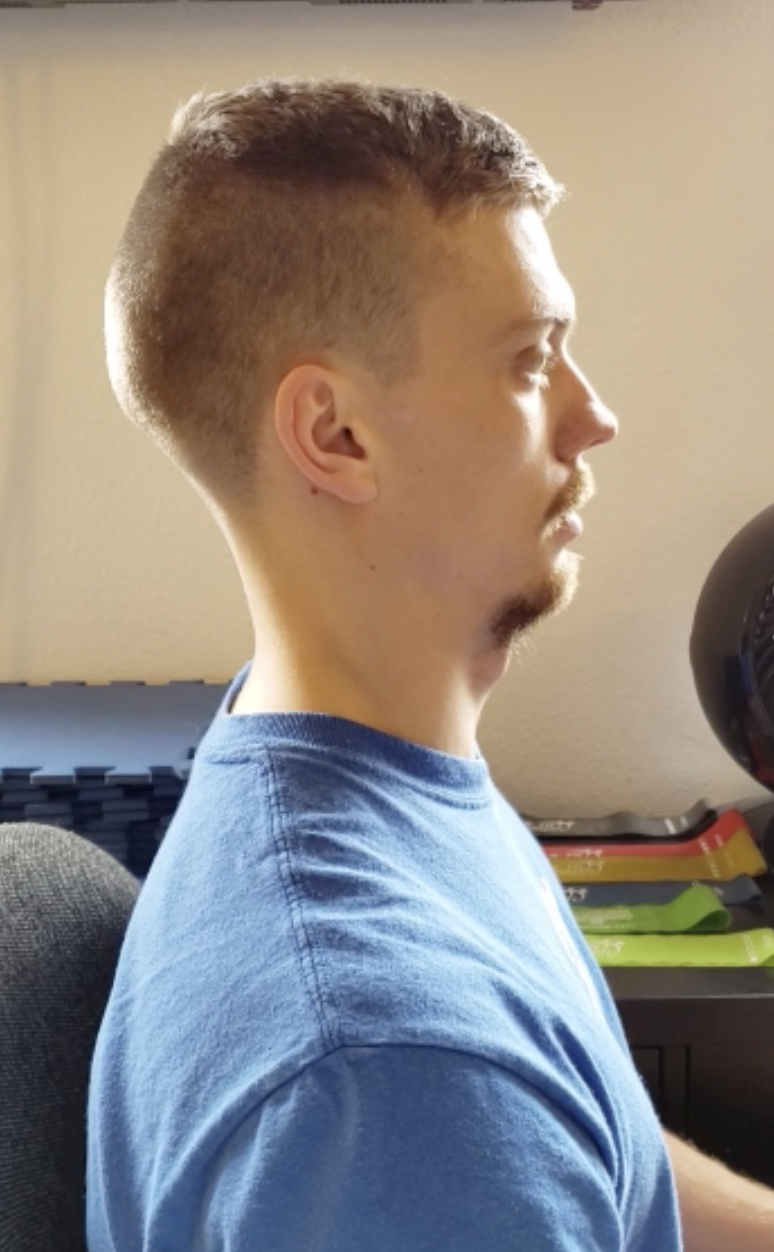


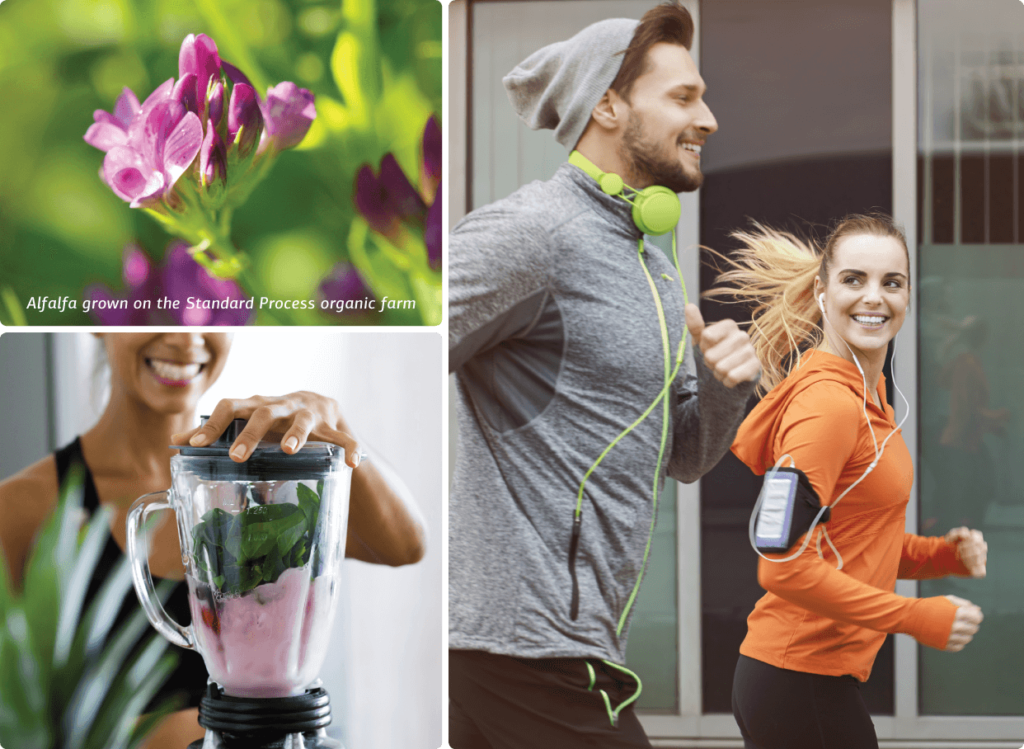
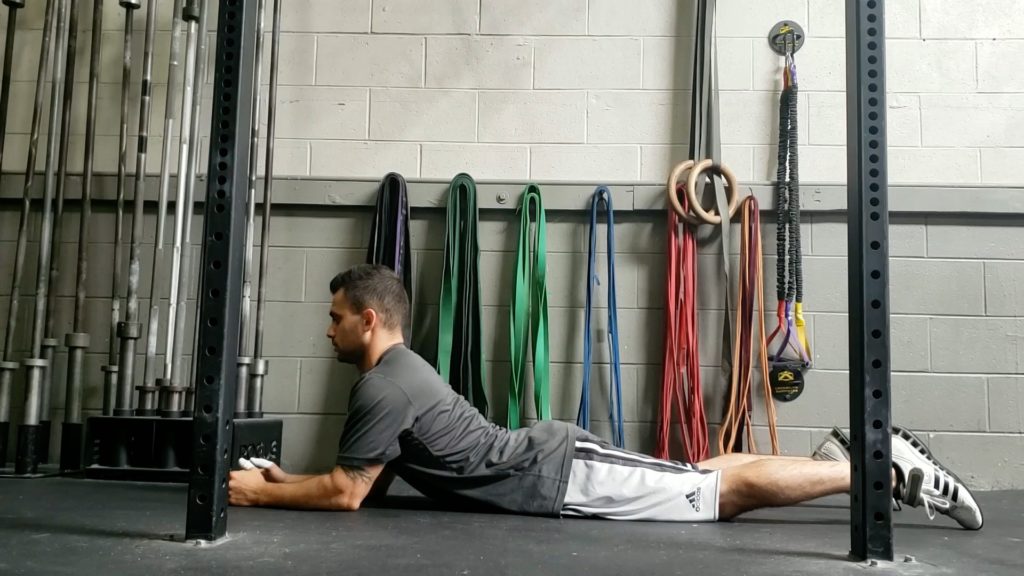

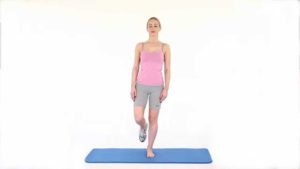
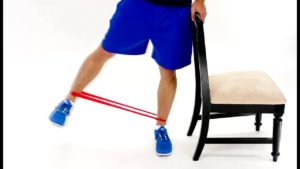
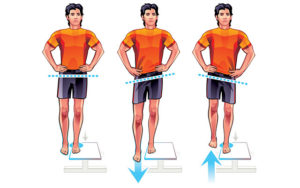

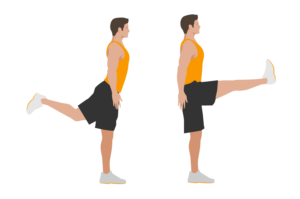
 figure 1
figure 1 figure 2
figure 2 figure 3
figure 3